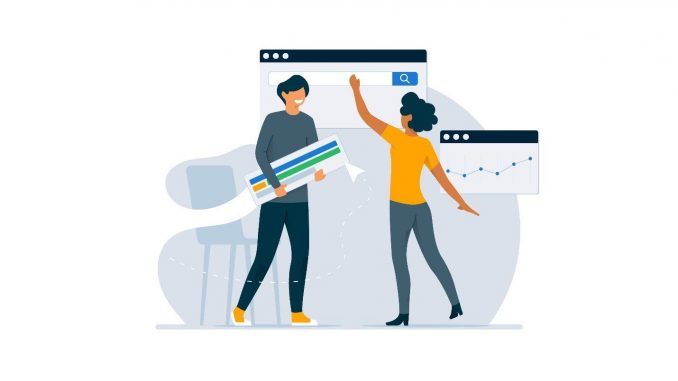
Local SEO is about increasing search visibility for companies that provide specific services to their local communities. These could be brick and mortar establishments with physical locations like a grocery shop or dental office or even service-area businesses that provide services for a specific geographical area, for example, an electrician or house-cleaning company. It covers everything from the process of claiming an official company listing to making sure that the location of a franchise appears in Google local results (a process known as citation data or location management). Furthermore, it includes the managing of online reviews and ratings and local-centric social media participation.
Local SEO optimization leads to more leads, traffic to your website and conversions since the approach is more applicable to your local market.
Think of this strategy as a tool to aid you in gaining a competitive edge against more prominent national brands with unlimited wealth. By focusing on localized SEO projects, you’ll be able to beat the advantages of more notable companies that often concentrate on broad keywords. This will drive customers by leveraging brand recognition instead of value propositions. Furthermore, as per the survey conducted in 2017, 35% of all traffic to search engines is local. Therefore, if you don’t have local search engine optimization, your company could miss out on significant traffic.
When you type a phrase into Google, the search engine looks at the pattern of various websites signals, also known as ranking factors, like the relevancy of your website and provides an index of websites that correspond to your query. Most people don’t realize that Google doesn’t conduct an actual-time search when someone types something in the search box. Instead, it’s searching an archived copy of all websites found by Google. Thus, the name knows it of Google Index. Google makes the index by crawling across the web using tiny programs referred to as “spiders.”
Each spider functions precisely the same way, beginning by displaying a single page. It then explores the hyperlinks on that page and then analyzes the next page’s content, etc. The index is generated when data from the web is crawled to Google’s servers. The spiders operate at an incredible scale, continuously searching through trillions of web pages at astonishing speed. As a result, the index is kept up-to-date and ensures that websites and links are spotted quickly.
Google employs various techniques to rank hundreds or perhaps thousands of sites within a matter of seconds. They are known as algorithms. When you Google something, an algorithm analyzes the index and displays an organic result page that includes websites that match your needs. These results are sorted and sorted by the level of their importance, relevance and popularity as judged through inbound hyperlinks.
The algorithm considers a range of off-site and on-site factors to determine if websites offer content that matches your search. Websites relevant to your search are included in a list that is then sorted by their importance. In addition, by combining on-site and off-site elements, The algorithm determines which websites are most compatible with your search criteria. The websites that match are displayed at the top of the search results. Optimizing your SEO will impact your site’s relevancy, importance and popularity of your link. If the proper aspects of your website’s online footprint are correctly optimized, your site will appear higher in search results.
As Google says in their blog explaining the steps required for creating a Google-friendly website, create a coherent linking structure to your site. Every page should contain at minimum one static text link that points to it. Simply speaking, it means your site should be simple to browse. For example, your homepage should contain hyperlinks to your most essential pages (about content, information, services). Its services page should include the following information and links to the individual pages on your service. And so on. It may be obvious. However, We’ve noticed that this isn’t often the case for small-scale businesses in particular.
The process usually begins somewhat rationally; however, when more pages and carriers are added, the system breaks down. What can you do to overcome this? The goal is to look at your site from a fresh viewpoint and ensure it is structured according to a structure. Start with your homepage, and determine if you can quickly and effortlessly locate – and access all your crucial pages.
PPC is a ” Pay per click” invocation that draws the phrase from the form of purchase it offers. Each click is paid for. You pay for it when a user on Google, Facebook or LinkedIn can see your PPC advert and decides to visit your website. Based on where you placed your advert and the competitors on your site, your “CP Cost-per-Click” will vary. You could end up paying $1.00 per visit, which is 70 for each Click! click!
However, SEO services are not dependent on per click. Your site will get organic clicks after your site has been placed on the first Google page. The great thing is that for each click, you don’t have to pay! An SEO strategy could eventually let you spend less on PPC and begin “free” clicks with organic results from search engines if you are currently spending 2000 dollars every month in PPC. What is the question, then? Is SEO worthwhile in this scenario? Are you looking to lower the cost per lead? If yes, SEO is worth the effort, so YES.

Leave a Reply